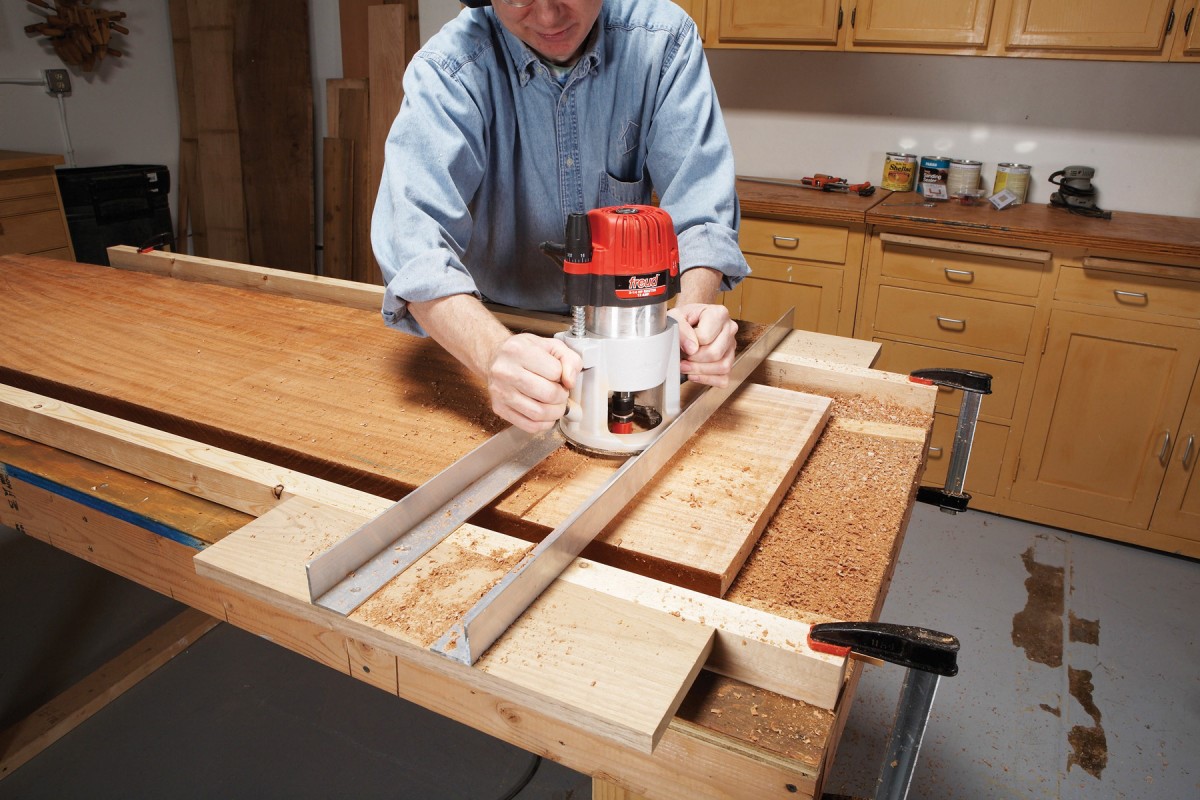

Articles
What Is Woodworking
Modified: October 20, 2024
Discover a collection of informative articles on woodworking. Learn tips, techniques, and expert advice to enhance your woodworking skills and projects.
(Many of the links in this article redirect to a specific reviewed product. Your purchase of these products through affiliate links helps to generate commission for Storables.com, at no extra cost. Learn more)
Introduction
Woodworking is an ancient craft that has been practiced for centuries, involving the creation, shaping, and decoration of objects made from wood. It is a skill that requires both creativity and technical expertise, as woodworkers use a variety of tools and techniques to transform raw materials into functional and aesthetically pleasing pieces.
Woodworking encompasses a wide range of projects, from small DIY crafts to large-scale furniture and architectural installations. Whether you are a professional woodworker or a hobbyist, the satisfaction of working with wood and creating something with your own hands is unparalleled.
In this article, we will delve into the fascinating world of woodworking, exploring its definition, history, types, tools and equipment, techniques and processes, safety considerations, benefits, and popular projects. So grab a cup of coffee, sit back, and join us on this journey through the art and craft of woodworking.
Key Takeaways:
- Woodworking is a timeless craft that combines artistic expression, craftsmanship, and practicality, allowing individuals to connect with nature, unleash their creativity, and produce tangible objects that can be appreciated and enjoyed for generations to come.
- Woodworking offers a range of benefits, from providing a creative outlet and a sense of accomplishment to serving as a stress-reliever and promoting physical and mental well-being. It allows individuals to develop problem-solving skills, connect with a supportive community, and nurture their affinity for the natural world.
Read more: What Is A Planer In Woodworking
Definition of Woodworking
Woodworking is the art and craft of creating, shaping, and decorating objects made from wood. It involves using various tools, techniques, and skills to transform raw timber into finished products. Woodworkers manipulate wood through cutting, carving, shaping, joining, sanding, and finishing processes to bring their vision to life.
Woodworking encompasses a wide range of disciplines, including carpentry, cabinetry, furniture-making, woodturning, and joinery. It can be practiced at both amateur and professional levels, with enthusiasts and artisans honing their skills to create stunning and functional wooden pieces.
What sets woodworking apart from other crafts is its focus on the unique properties of wood as a material. Wood is versatile, organic, and inherently beautiful, providing endless possibilities for creativity and expression. The natural grain patterns, colors, and textures of different wood species add character and depth to the finished projects.
Woodworking also involves working with other materials such as adhesives, hardware, and finishes to enhance the functionality and aesthetics of the final product. It requires a deep understanding of the properties of different types of wood and how they behave when cut, shaped, and assembled.
Woodworking is not limited to specific objects or structures. It can encompass anything from small and intricate wooden crafts like jewelry boxes and cutting boards, to large-scale projects such as custom-built furniture, cabinets, or even whole houses.
Ultimately, woodworking is a timeless craft that combines artistic expression, craftsmanship, and practicality. It allows individuals to connect with nature, unleash their creativity, and produce tangible objects that can be appreciated and enjoyed for generations to come.
History of Woodworking
Woodworking has a rich and storied history that spans thousands of years. Humans have been working with wood since ancient times, using it for various purposes such as shelter, tools, and artistic expression. The origins of woodworking can be traced back to prehistoric times when early humans learned to shape and manipulate wood using primitive tools.
During the Neolithic period, advancements in agriculture led to the development of more sophisticated woodworking techniques. With the invention of tools such as axes, chisels, and saws, early civilizations were able to carve intricate designs and construct complex wooden structures.
The ancient Egyptians were renowned for their advanced woodworking skills. They used wood to build furniture, boats, and even elaborate tombs and temples. The craftsmanship and precision exhibited in their woodworking projects continue to inspire and awe modern woodworkers.
Woodworking continued to flourish in ancient Greece and Rome, with skilled artisans crafting furniture and architectural elements with intricate details. The use of curved and decorative elements in furniture and buildings became popular during this era.
During the Middle Ages, woodworking evolved alongside advancements in technology and trade. The establishment of guilds and the development of hand tools, such as planes and braces, allowed woodworking to become a specialized craft. Skilled craftsmen worked on various projects, including furniture, carvings, and architectural elements for churches and castles.
The Renaissance period brought a renewed interest in woodworking, particularly in Italy. The art of marquetry, a technique that involves using different types and colors of wood to create decorative patterns, gained popularity during this time.
In the 18th and 19th centuries, woodworking underwent significant changes with the industrial revolution. The introduction of steam power and machinery revolutionized the production of wooden items, making them more accessible and affordable. However, the rise of mass production also led to a decline in the craftsmanship and artistry associated with traditional woodworking.
Today, woodworking has seen a resurgence in popularity as more people embrace the value of handmade, high-quality items. There is a growing appreciation for the craftsmanship and attention to detail that goes into creating unique wooden pieces. Woodworking has become a blend of traditional techniques and modern innovation, with artisans pushing the boundaries of creativity and design.
As we look to the future, woodworking continues to evolve as new technologies and techniques are introduced. However, the fundamental principles of working with wood remain the same, connecting us to our ancient roots and preserving the timeless art of woodworking for generations to come.
Types of Woodworking
Woodworking encompasses a wide range of disciplines and specialties, each with its own unique techniques and applications. Here are some of the most common types of woodworking:
- Carpentry: Carpentry involves working with structural wood elements to construct buildings, frameworks, and other large-scale projects. Carpenters use tools such as saws, hammers, and drills to measure, cut, and join wooden components to create functional structures.
- Cabinetry: Cabinetry focuses on crafting custom-built cabinets and storage units. Cabinetmakers use precision joinery techniques, such as dovetail or mortise and tenon joints, to create durable and aesthetically pleasing storage solutions.
- Furniture-Making: Furniture-making is a popular branch of woodworking that involves designing and crafting unique and functional pieces of furniture. From dining tables and chairs to bed frames and cabinets, furniture-makers use a combination of hand tools and power tools to shape and assemble wood into beautiful and comfortable pieces.
- Woodturning: Woodturning is the art of shaping wood on a lathe. Woodturners use specialized tools to carve and shape cylindrical objects such as bowls, vases, and spindles. The spinning motion of the lathe allows for intricate and symmetrical designs to be created.
- Woodcarving: Woodcarving is the skill of carving intricate designs or sculptures on wood. Woodcarvers use knives, chisels, and gouges to remove material and create intricate patterns and textures. This type of woodworking requires precision and a keen eye for detail.
- Joinery: Joinery is the practice of creating strong and durable connections between wooden pieces. Joiners use techniques such as dovetail joints, mortise and tenon joints, and tongue and groove joints to assemble furniture, doors, and other wooden structures.
- Scroll Sawing: Scroll sawing is a technique that involves using a small, electrically powered saw to create intricate and decorative patterns in wood. This type of woodworking is often used for creating wooden puzzles, ornaments, and detailed artwork.
- Woodworking for Crafts: Woodworking for crafts encompasses a wide range of small-scale projects, including jewelry boxes, cutting boards, toys, and decorative items. This type of woodworking allows for artistic expression and experimentation with different techniques and finishes.
These are just a few of the many types of woodworking practices and specialties that exist. Each type offers its own unique challenges and rewards, allowing woodworkers to explore their creativity and bring their visions to life through the transformative power of wood.
Tools and Equipment in Woodworking
Woodworking requires a variety of tools and equipment to shape, cut, and manipulate wood efficiently and precisely. Whether you’re a beginner or an experienced woodworker, having the right tools is essential for successfully completing woodworking projects. Here are some commonly used tools and equipment in woodworking:
- Hand Tools: Hand tools are essential for both traditional and modern woodworking. These include tools such as hand planes, chisels, saws, hammers, screwdrivers, and files. Hand tools allow for greater control and precision in shaping and refining wood surfaces.
- Power Tools: Power tools have revolutionized woodworking by making tasks quicker and more efficient. Some essential power tools for woodworking include a table saw, miter saw, band saw, circular saw, jigsaw, router, drill, and sander. These tools help with cutting, shaping, joinery, drilling, and sanding tasks.
- Workbench: A sturdy workbench is a crucial piece of equipment in any woodworking shop. It provides a stable surface for working on projects and often includes features such as vices, clamps, and tool storage to enhance functionality and organization.
- Measuring and Marking Tools: Accurate measurements and markings are essential for precise woodworking. Measuring and marking tools include tape measures, rulers, squares, marking gauges, marking knives, and carpenter pencils. These tools help ensure accurate cuts, joints, and dimensions.
- Clamps: Clamps are used to hold pieces of wood together during glue-ups or to secure workpieces to a workbench. They come in various types, including bar clamps, pipe clamps, spring clamps, C-clamps, and F-clamps. Clamps help to achieve strong and precise joints.
- Router and Router Bits: Routers are versatile power tools used for shaping, grooving, and profiling wood. They are compatible with a wide range of router bits, which allow for decorative edge treatments, joinery, and precision cutting.
- Sanding Tools: Sanding is an important step in woodworking to achieve a smooth and polished finish. Sanding tools include orbital sanders, random orbit sanders, and sanding blocks. Various grits of sandpaper are used to gradually refine the wood surface.
- Safety Equipment: Safety should always be a top priority in woodworking. Safety equipment includes items such as safety glasses, dust masks or respirators, hearing protection, and gloves. These protective items help minimize the risk of injury from flying debris, sawdust, noise, and sharp tools.
These are just a few examples of the tools and equipment commonly used in woodworking. As you gain experience and tackle more complex projects, you may find the need to expand your collection to include specialized tools and machinery. Investing in quality tools and maintaining them well can greatly enhance your woodworking experience and contribute to successful and satisfying outcomes.
When starting out in woodworking, it’s important to invest in high-quality tools and equipment. This will not only make your projects easier and more enjoyable, but it will also ensure better results in the end.
Read more: What Is A Cleat In Woodworking
Techniques and Processes in Woodworking
Woodworking involves a wide range of techniques and processes that allow woodworkers to transform raw timber into beautiful and functional pieces. Mastering these techniques requires practice, patience, and a keen eye for detail. Here are some common techniques and processes used in woodworking:
- Measuring and Marking: Accurate measurements and precise marking are crucial for successful woodworking projects. Woodworkers use measuring tools such as tape measures, rulers, and squares to ensure accurate dimensions. Marking tools like marking gauges and pencils are used to indicate cut lines and joints.
- Cutting: Cutting wood is a fundamental woodworking skill. Woodworkers use various tools such as hand saws, circular saws, jigsaws, and table saws to make straight or curved cuts. Circular saws and band saws are often used to rip boards along the grain, while miter saws and table saws are used for making precise crosscuts and mitered angles.
- Joinery: Joinery techniques are used to connect pieces of wood together securely. Common joinery methods include dovetail joints, mortise and tenon joints, tongue and groove joints, and pocket hole joinery. Joinery can be done using hand tools like chisels and routers or with the help of power tools like biscuit joiners and doweling jigs.
- Shaping and Carving: Shaping and carving techniques allow woodworkers to create unique designs and decorative elements. Woodworkers use hand planes, rasps, files, and carving tools to shape and smooth wood surfaces. Wood carving techniques involve using chisels, gouges, and knives to create intricate designs and patterns.
- Sanding and Finishing: Sanding is an important step in woodworking to achieve a smooth and polished surface. Woodworkers use sandpaper or power sanders to remove imperfections and refine the wood surface. After sanding, a finish is applied to protect the wood and enhance its appearance. Common finishes include varnish, lacquer, shellac, and oil-based or water-based stains.
- Assembly: Assembly refers to the process of joining different parts of a project together. Woodworkers use clamps, screws, nails, and adhesives to secure the pieces. Careful alignment and attention to detail are essential for a strong and stable assembly.
- Woodturning: Woodturning is a technique that involves shaping wood on a lathe. Woodturners use various tools and chisels to shape spinning wood into bowls, vases, and other cylindrical objects. This technique requires a steady hand and an understanding of wood grain and tool control.
- Finishing Techniques: Woodworkers employ a variety of finishing techniques to enhance the appearance of their projects. These techniques include techniques such as staining, painting, distressing, and applying decorative elements like inlays or veneers. These finishing touches add visual interest and personality to the final piece.
These are just some of the techniques and processes commonly used in woodworking. As you dive deeper into the craft, you’ll discover and develop your own unique approaches and methods. Remember that practice is key to mastering these techniques, and each project is an opportunity to refine your skills and bring your woodworking vision to life.
Safety in Woodworking
Safety should always be a top priority in woodworking to ensure the well-being of the woodworker and to prevent accidents and injuries. Working with sharp tools, heavy machinery, and potentially hazardous materials requires careful attention and adherence to safety practices. Here are some essential safety measures to keep in mind when engaging in woodworking:
- Wear Personal Protective Equipment (PPE): Always wear appropriate PPE to protect yourself from potential hazards. This includes safety glasses or goggles to protect your eyes from flying debris, a dust mask or respirator to protect against dust inhalation, hearing protection to prevent hearing damage from loud machinery, and gloves to prevent cuts and splinters.
- Use Tools and Machinery Safely: Familiarize yourself with the proper usage and safety features of all tools and machinery. Ensure that they are in good working condition before use. Follow the manufacturer’s instructions and recommendations for safe operation. Keep your hands and fingers away from moving parts and use proper techniques and grips when handling tools.
- Maintain a Clean and Organized Workspace: A cluttered workspace can increase the risk of accidents. Keep your work area clean, well-lit, and free of obstructions. Store tools and supplies in designated areas to prevent tripping hazards and to maintain order in your workspace.
- Practice Proper Dust Collection: Woodworking generates a significant amount of dust, which can pose health risks. Use a dust collection system or a shop vacuum to minimize airborne dust particles. Clean up dust regularly to prevent accumulation and maintain good air quality in your workspace.
- Work with Sharp Tools Carefully: Sharp tools are essential to woodworking, but they can be dangerous if not handled properly. Keep blades sharp to minimize the risk of accidents caused by dull tools. Always cut away from yourself and keep your hands and fingers away from the path of the blade or cutting edge. Use a cutting board or workbench to provide support and stability when cutting or carving.
- Pay Attention to Wood Grain and Movement: Wood has natural characteristics and tendencies that should be considered when working with it. Some woods may have a tendency to split or warp, and grain orientation can affect the strength and stability of the wood. Take these factors into account when planning and executing your woodworking projects.
- Learn Proper Lifting Techniques: Woodworking often involves moving heavy materials and equipment. Practice proper lifting techniques to avoid strains and injuries. Bend your knees, keep your back straight, and lift with your legs when picking up heavy objects. Use assistance or mechanical aids when necessary.
- Educate Yourself and Seek Guidance: Continuous learning about woodworking safety is crucial. Educate yourself about potential hazards and best practices. Utilize reputable sources such as books, articles, videos, or classes to expand your knowledge. Seek guidance from experienced woodworkers for advice and mentorship.
Remember, accidents can happen even to experienced woodworkers, so always take safety seriously. By following these safety measures and being vigilant in your workspace, you can minimize risks and create a safe, enjoyable woodworking environment.
Benefits of Woodworking
Woodworking is not just a hobby or craft—it offers a multitude of benefits that enrich the lives of those who engage in it. Whether you are a seasoned woodworker or a beginner just starting out, here are some of the key benefits you can enjoy from woodworking:
- Creative Outlet: Woodworking provides a creative outlet for self-expression. It allows you to bring your ideas to life and turn a simple piece of wood into a functional and visually appealing object. The process of designing, planning, and executing a woodworking project gives you the freedom to express your individuality and unleash your imagination.
- Sense of Accomplishment: Completing a woodworking project can bring a deep sense of accomplishment and satisfaction. Seeing your hard work come to fruition as you admire the finished piece can boost your self-confidence and instill a sense of pride. This feeling of achievement can motivate you to take on more challenging projects and continuously improve your woodworking skills.
- Stress Relief: Engaging in woodworking can be a great way to relieve stress and unwind. The process of working with your hands, focusing on the task at hand, and creating something can help you disconnect from everyday worries and distractions. This meditative aspect of woodworking can promote relaxation, mindfulness, and a positive mental state.
- Develops Problem-Solving Skills: Woodworking presents challenges that require problem-solving skills. From measuring and planning to troubleshooting issues that arise during the project, woodworking forces you to think critically and find creative solutions. This ability to problem-solve and adapt is a valuable skill that can be applied to other areas of life as well.
- Physical and Mental Well-being: Woodworking is a physically engaging activity that can provide exercise and improve dexterity. The process often involves lifting, sawing, carving, and sanding, which can contribute to improved muscle strength and coordination. Additionally, the mental focus required in woodworking can help sharpen cognitive skills and improve mental acuity.
- Connection to Nature and Sustainability: Woodworking allows you to connect with the natural world. Working with wood brings an appreciation for the beauty and uniqueness of different wood species, each with its own characteristics and grain patterns. Using sustainable and responsibly sourced wood can also contribute to environmental consciousness and support eco-friendly practices.
- Functional and Decorative Items: Woodworking enables you to create functional and decorative items that can be used in your daily life or given as heartfelt gifts. From furniture, cutting boards, and jewelry boxes to wall art and home decor, the possibilities are endless. Handcrafted wooden pieces add a personal touch and unique charm to any space.
- Opportunity for Learning and Growth: Woodworking is a lifelong learning journey. It offers continuous opportunities for growth and skill development. As you tackle new projects and work with different techniques, you acquire knowledge and improve your craftsmanship. Woodworking also provides a platform to connect with a community of fellow woodworkers, where you can learn from their experiences and exchange ideas.
Woodworking offers a range of benefits that go beyond the final product. It fosters creativity, boosts self-confidence, promotes relaxation, and provides a platform for personal growth. Whether you pursue woodworking as a hobby or a profession, the rewards are plentiful and can significantly enhance your life.
Popular Woodworking Projects
Woodworking offers a vast array of project possibilities, ranging from small-scale crafts to large furniture pieces. Whether you’re a beginner looking for a simple project or an experienced woodworker seeking a new challenge, here are some popular woodworking projects to consider:
- Cutting Boards: Creating unique and personalized cutting boards is a popular woodworking project. You can experiment with different wood species, patterns, and designs to make functional and aesthetically pleasing cutting boards that are perfect for your kitchen or as a thoughtful gift.
- Jewelry Boxes: Jewelry boxes make elegant and practical gifts. Constructing a jewelry box allows you to showcase your woodworking skills while creating a beautiful and functional storage solution for precious jewelry and trinkets.
- Coffee Tables: Coffee tables are versatile and often the centerpiece of a living room. Building your own coffee table allows you to customize the size, shape, and style to match your personal taste and complement your existing furniture.
- Bookshelves: Bookshelves are a staple in any home or office. Constructing a bookshelf provides an opportunity to showcase your craftsmanship while creating functional storage space for books, decor, and other items. You can choose between simplistic designs or more intricate shelving units with decorative elements.
- Adirondack Chairs: Adirondack chairs are classic and comfortable outdoor seating options. Building your own Adirondack chairs allows you to tailor them to your desired dimensions, wood choice, and finish, making them perfect for enjoying your outdoor space.
- Cutting Boards: Creating unique and personalized cutting boards is a popular woodworking project. You can experiment with different wood species, patterns, and designs to make functional and aesthetically pleasing cutting boards that are perfect for your kitchen or as a thoughtful gift.
- Picture Frames: Picture frames offer an opportunity to display cherished memories while showcasing your woodworking skills. You can create custom frames in various sizes, styles, and finishes to enhance your favorite photographs or artworks.
- End Tables: End tables are practical and versatile additions to any room. Designing and building your own end tables allows you to create unique pieces that perfectly match your decor and serve as functional surfaces for lamps, books, or beverages.
- Wooden Toys: Building wooden toys is a rewarding and nostalgic woodworking project. From blocks and puzzles to cars and dollhouses, crafting handmade toys for children brings joy and personal touch to playtime.
- Rocking Chairs: Rocking chairs are timeless, comfortable, and evoke a sense of relaxation. Building a rocking chair allows you to craft a piece of furniture that brings comfort and style to your living space.
- Chests and Trunks: Chests and trunks provide both storage and decorative elements to any room. Constructing a wooden chest or trunk allows you to create a personalized storage solution that adds character and charm to your space.
These are just a few examples of popular woodworking projects. The possibilities are endless, and you can always adapt and expand upon these ideas to suit your preferences and skill level. Remember to choose projects that interest you and align with your woodworking goals, and most importantly, have fun bringing your creations to life!
Read more: What Is A Dado In Woodworking
Conclusion
Woodworking is a captivating and rewarding craft that offers a plethora of opportunities for creativity and self-expression. Whether you are a seasoned woodworker or a beginner just starting out, woodworking provides a unique blend of artistry, craftsmanship, and practicality. From small-scale crafts to large furniture pieces, the possibilities are endless.
In this article, we explored the definition and history of woodworking, delving into its various types, tools, techniques, safety considerations, benefits, and popular projects. We discovered that woodworking is more than just a hobby or a profession—it is a way to connect with nature, unleash creativity, and create functional and visually appealing objects that can be cherished for years to come.
Woodworking offers a range of benefits, from providing a creative outlet and a sense of accomplishment to serving as a stress-reliever and promoting physical and mental well-being. It allows individuals to develop problem-solving skills, connect with a supportive community, and nurture their affinity for the natural world.
Whether you choose to embark on small woodworking projects as a hobby or pursue it as a profession, the journey will be filled with learning, growth, and the satisfaction of transforming a simple piece of wood into something extraordinary. The joy of seeing the finished product, the pride in craftsmanship, and the appreciation for the beauty of wood are truly unparalleled.
So, whether you’re starting with the basics or honing your advanced skills, embrace the art and craft of woodworking. Let your imagination soar, embrace the challenges, and enjoy the process of creating something unique and meaningful with your own hands. Happy woodworking!
Frequently Asked Questions about What Is Woodworking
Was this page helpful?
At Storables.com, we guarantee accurate and reliable information. Our content, validated by Expert Board Contributors, is crafted following stringent Editorial Policies. We're committed to providing you with well-researched, expert-backed insights for all your informational needs.
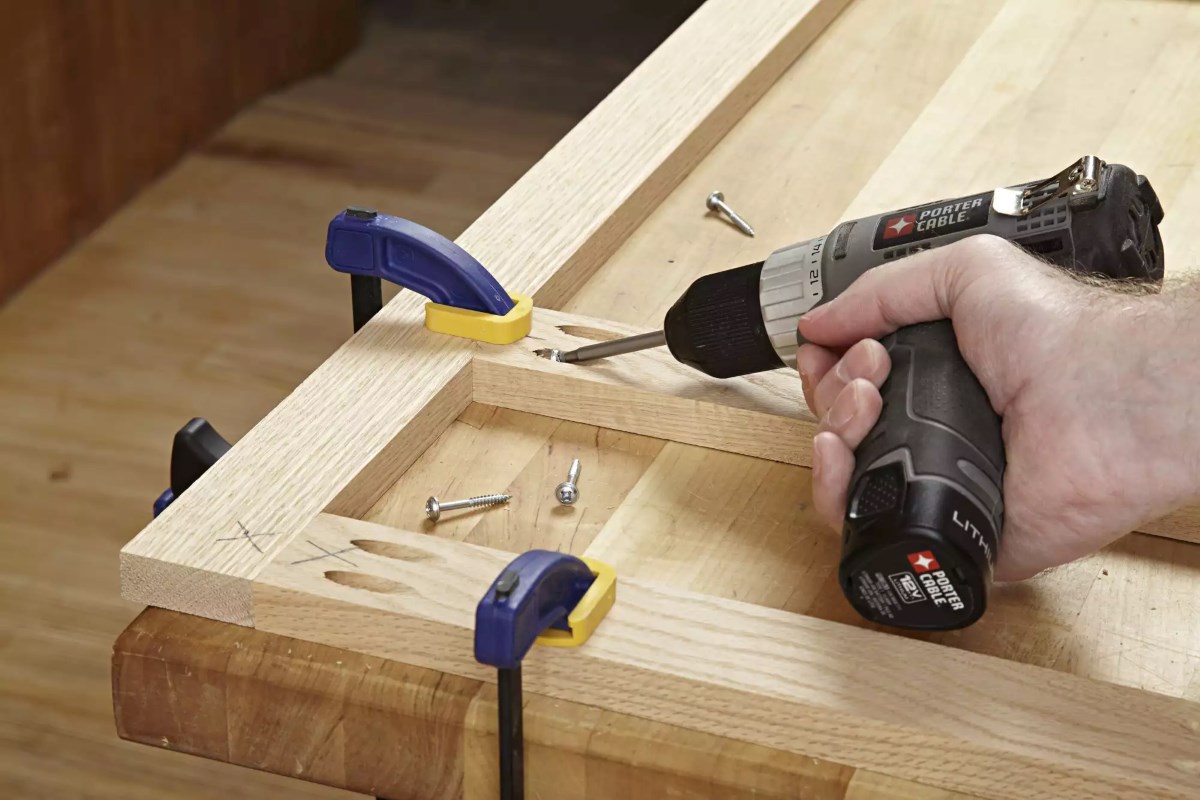
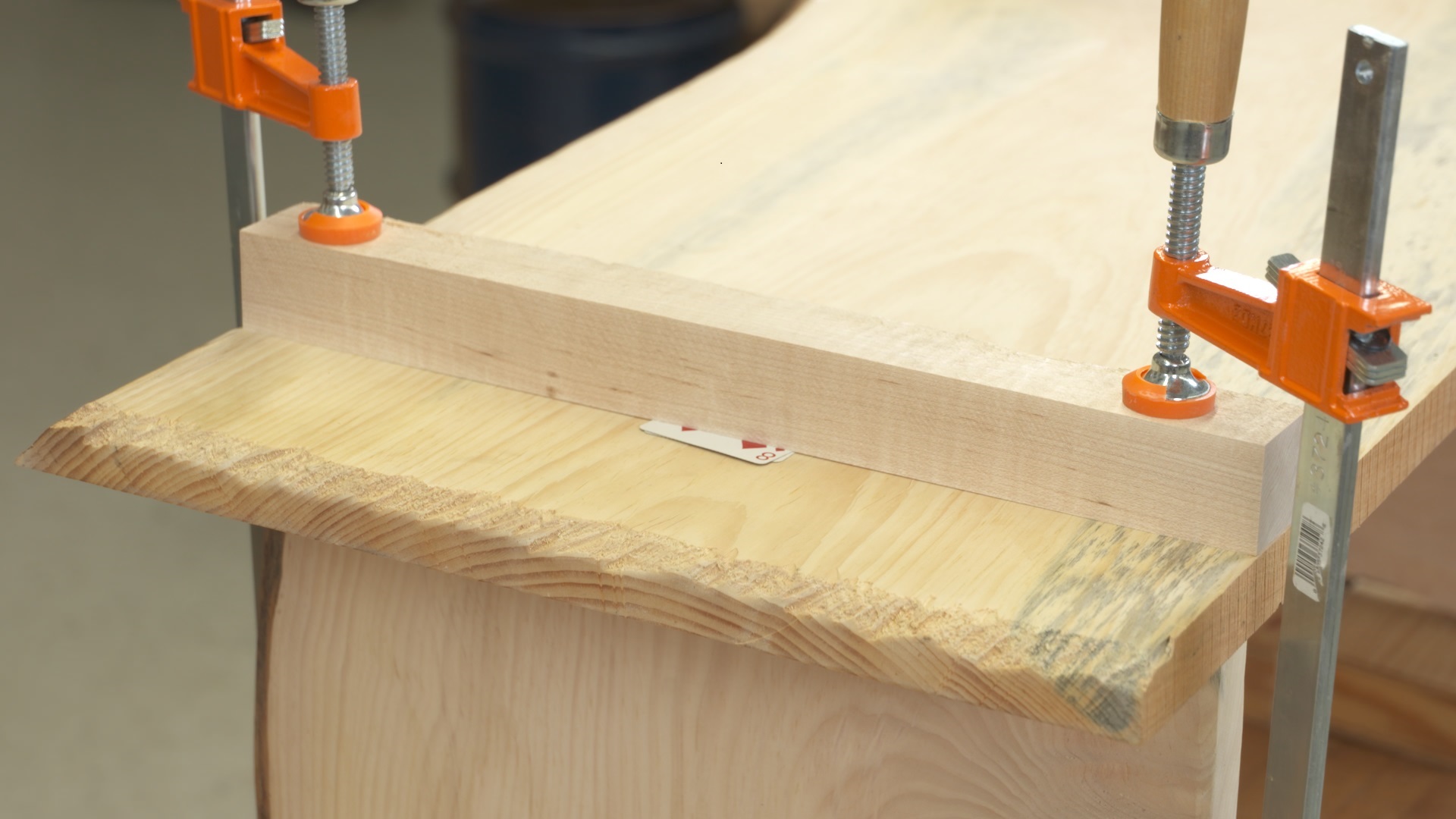
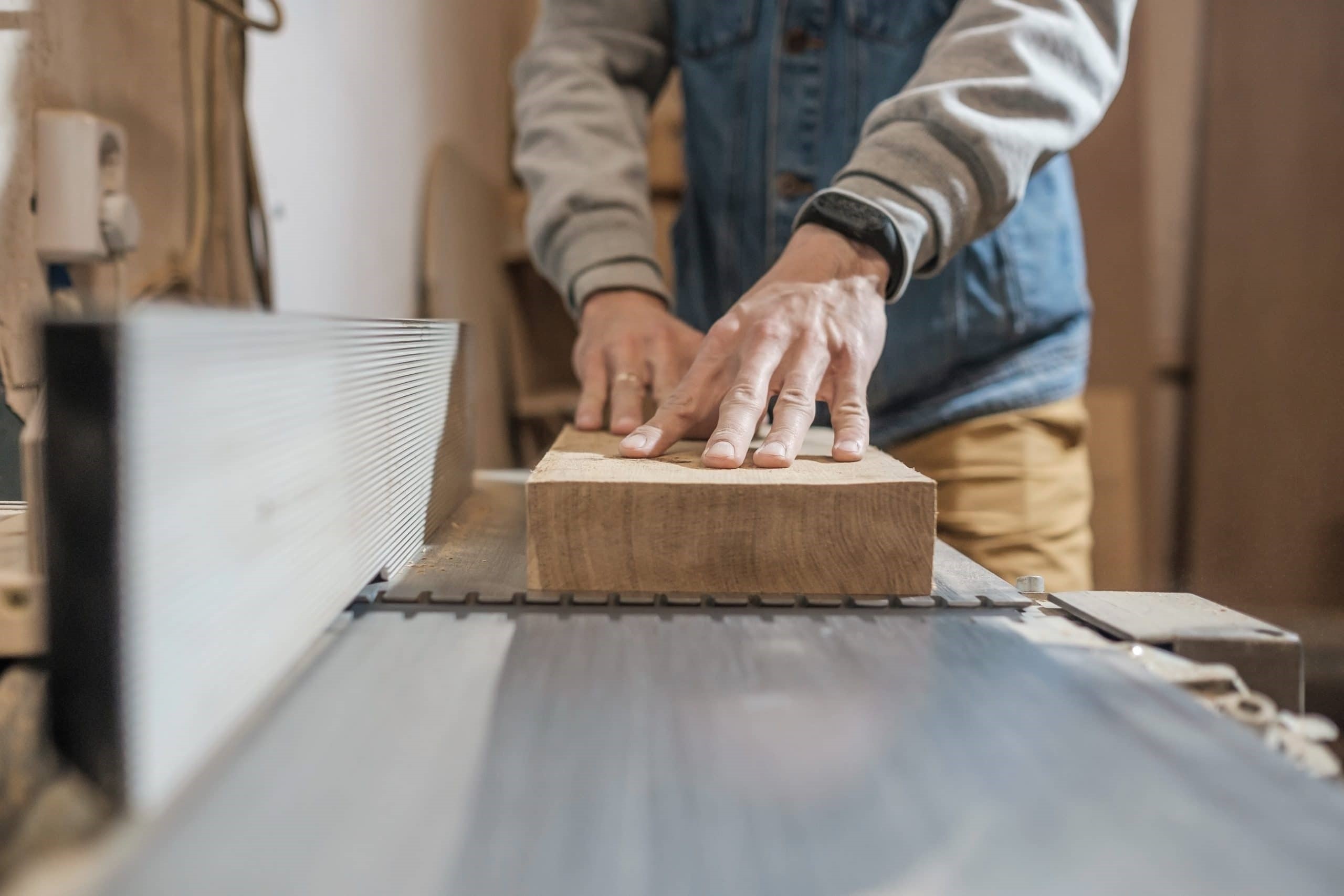
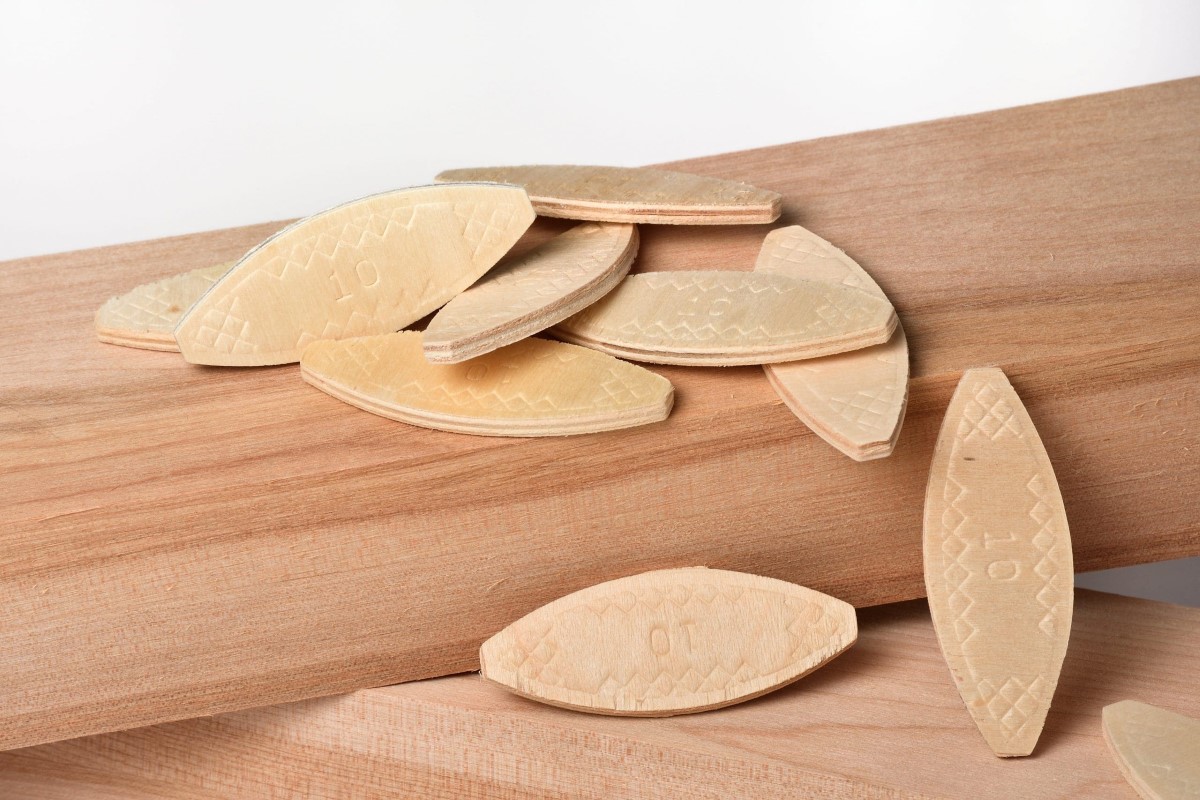
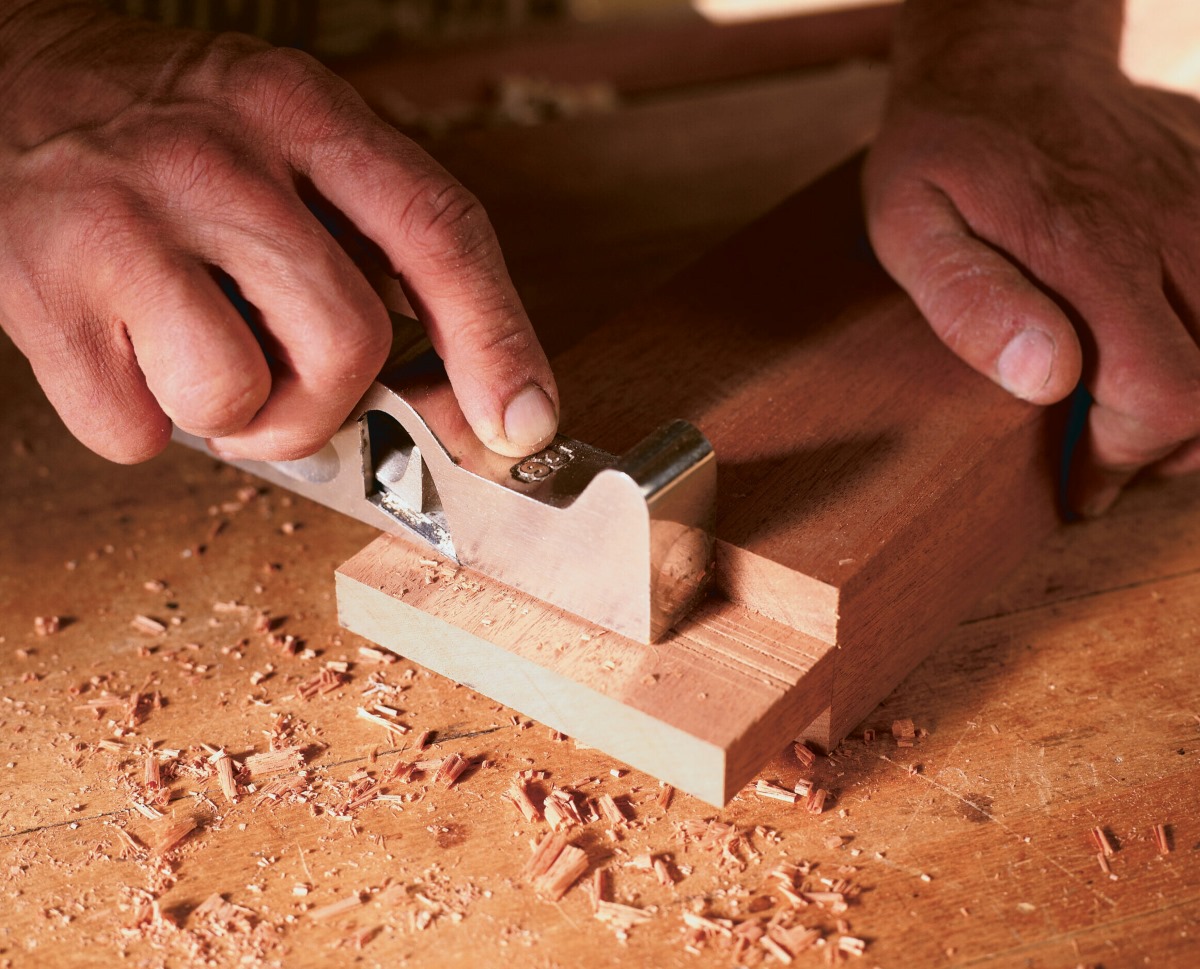
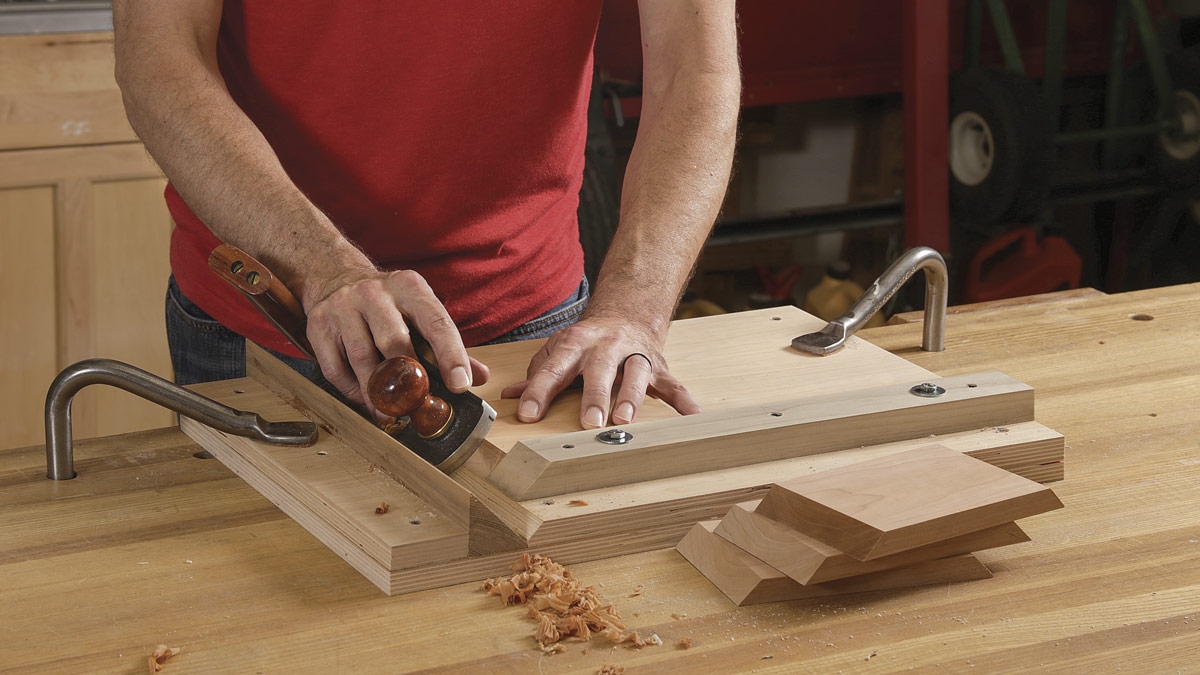
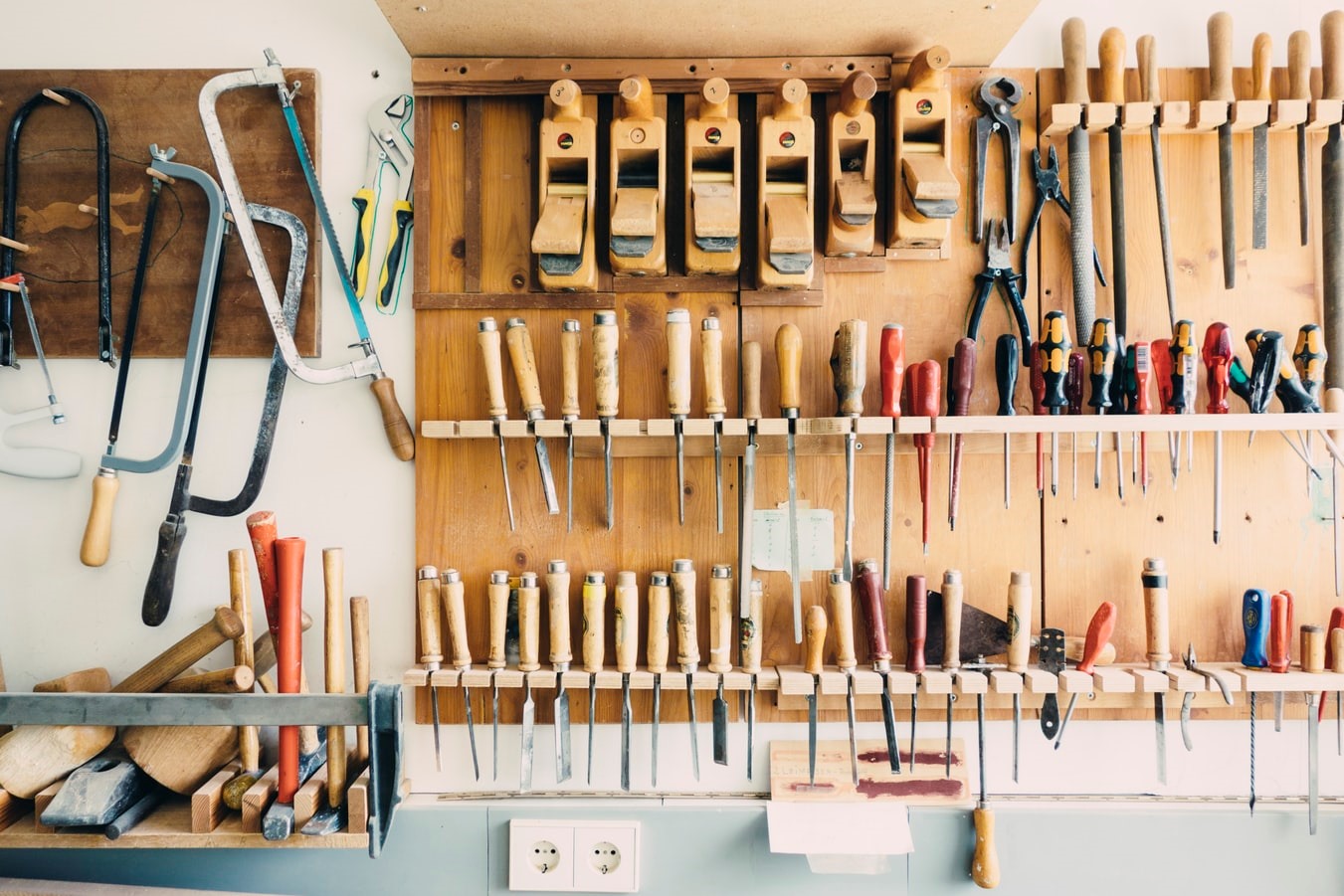


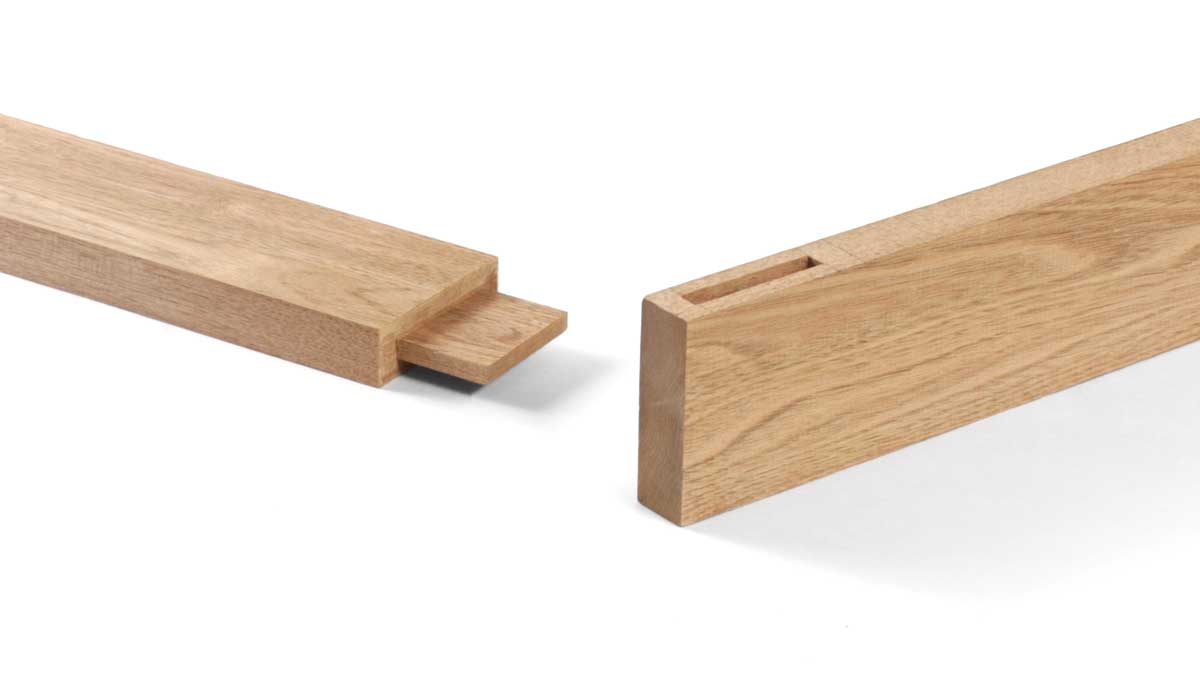
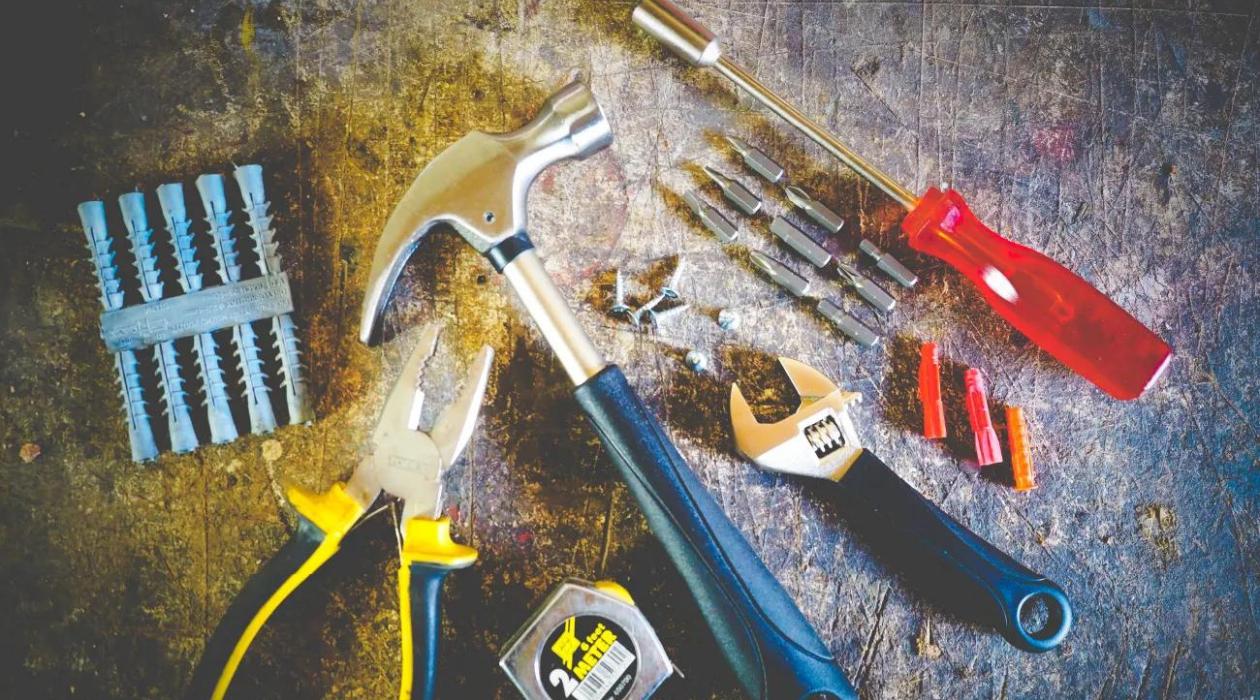

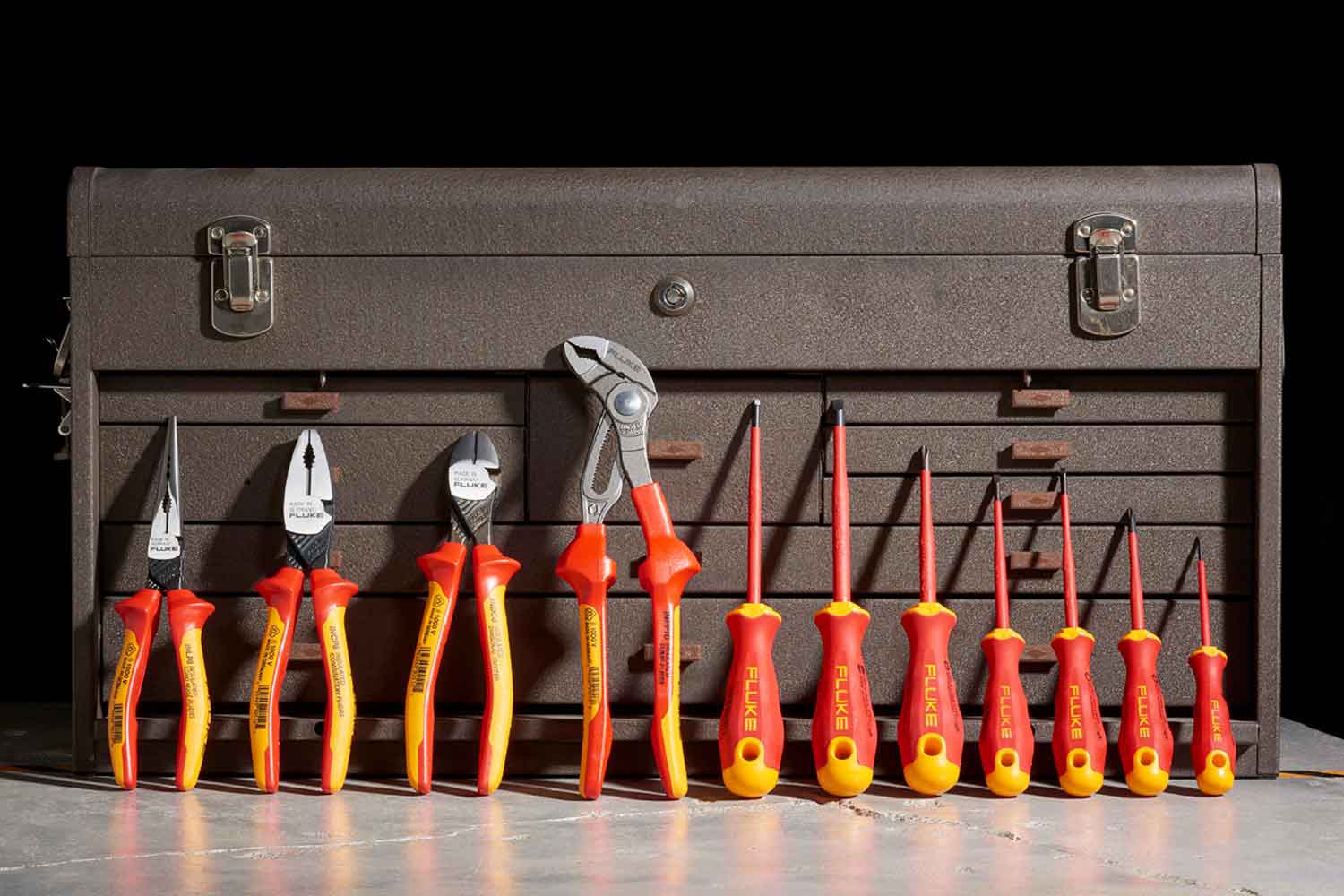

0 thoughts on “What Is Woodworking”